A fence without a gate
Along the fence are the traces of the refugees. Someone have left the life jacket they used across the Mediterranean.
For thousands of years, people have crossed continents for trade, travel, adventure, and in a quest for a better life.
After the civil war in Syria broke out, as a result of the Arab Spring, the flow of refugees to Europe is at its highest in decades. Every day people put their lives in danger to flee from the war and the poverty which followed with it.
They seek to Europe for a better life, but the journey is dangerous. So far this year, more than 3,000 people have drowned in the Mediterranean while fleeing in overcrowded boats.
They carry their possessions on their backs for a distance as long as from Chicago to Los Angeles. After 3.000 km of walking, they meet a three meters high barbed wire fence.

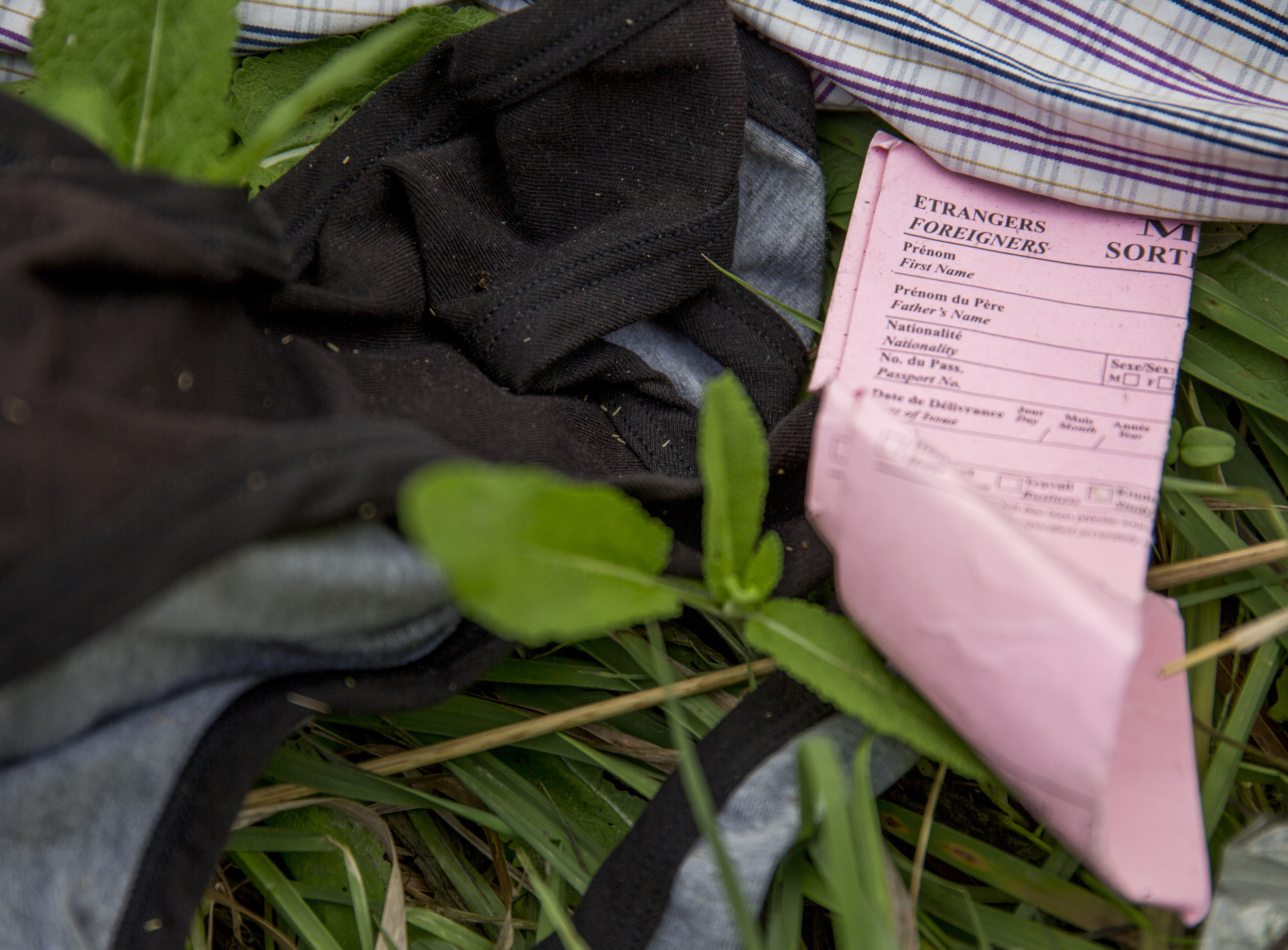

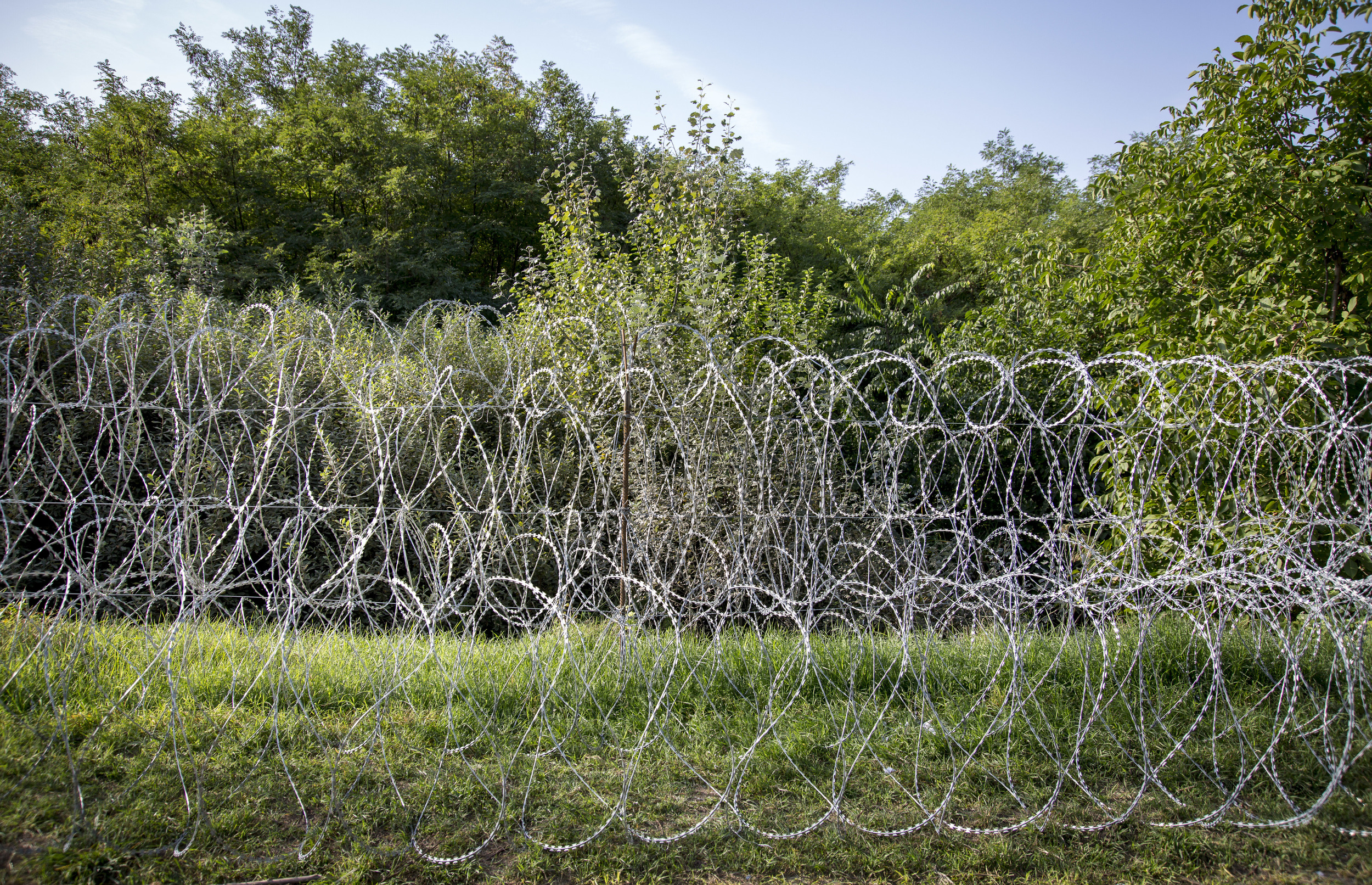
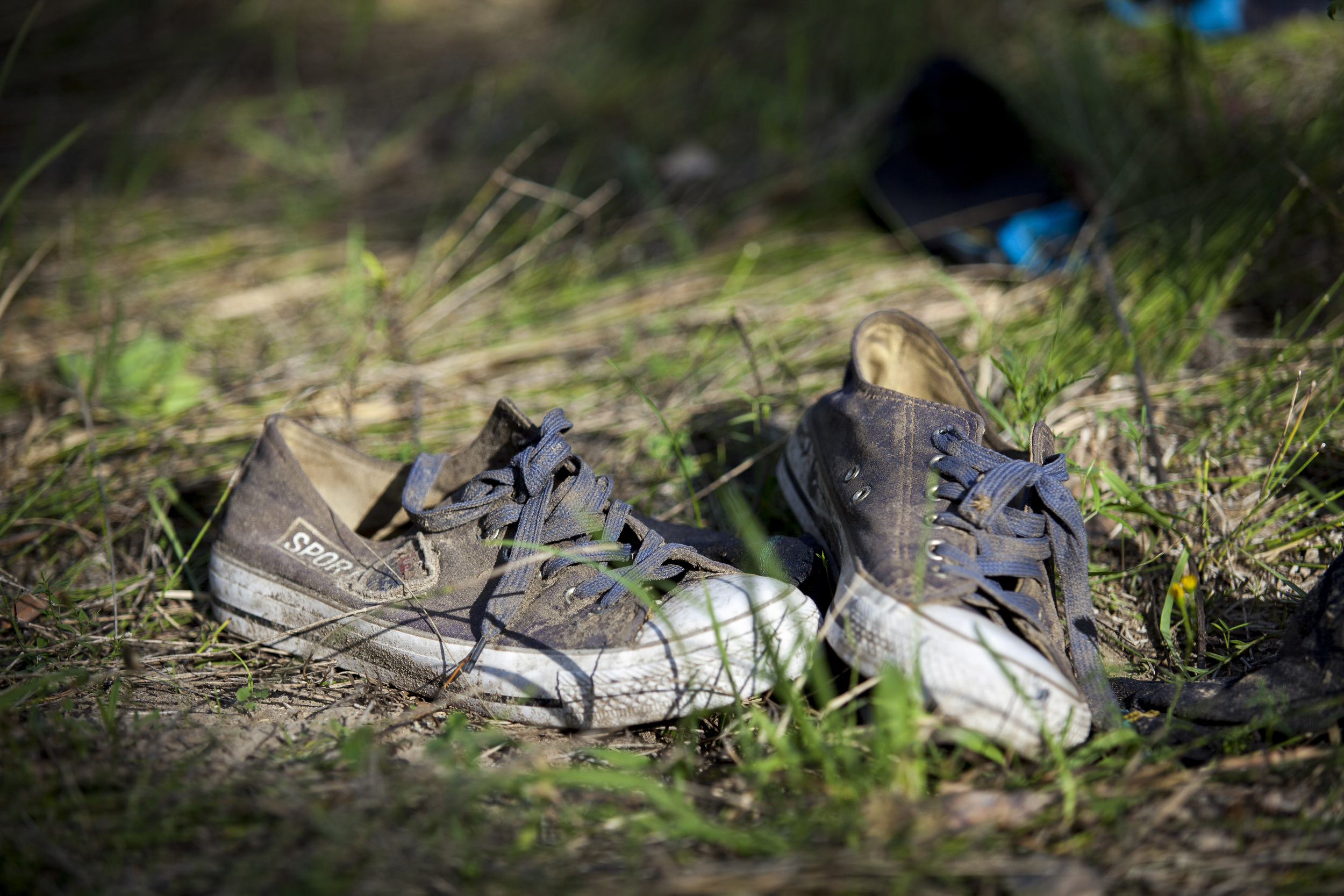
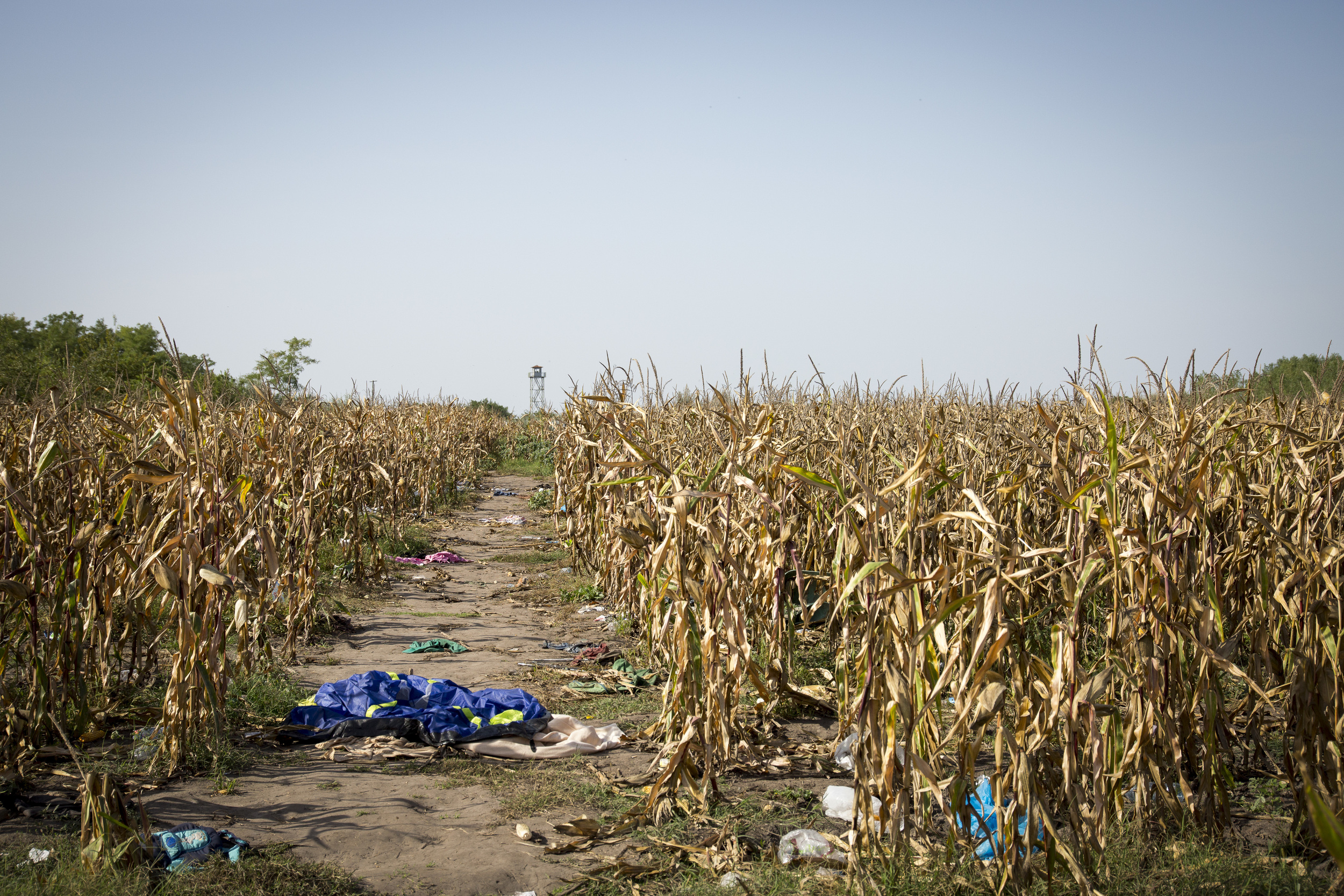
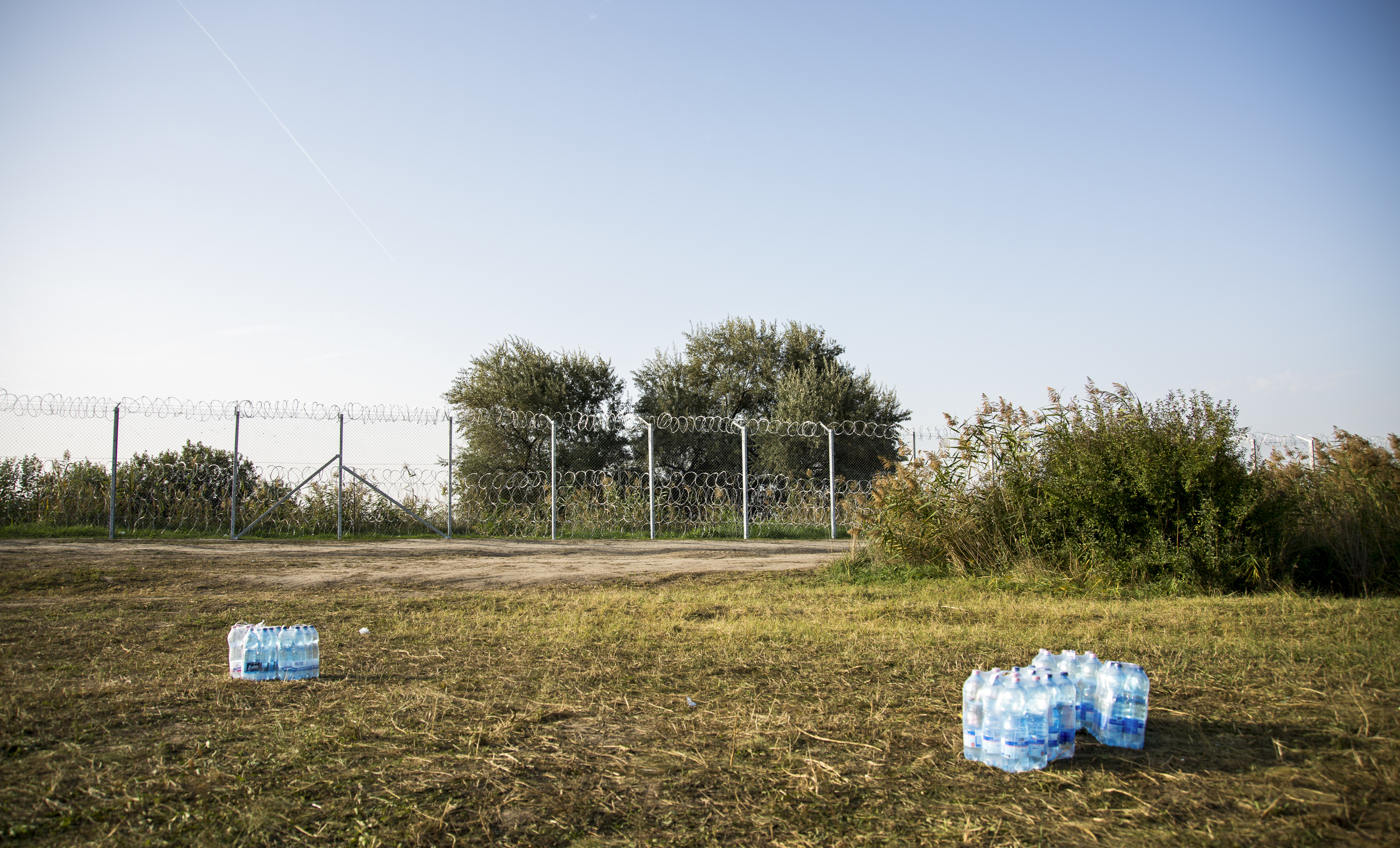

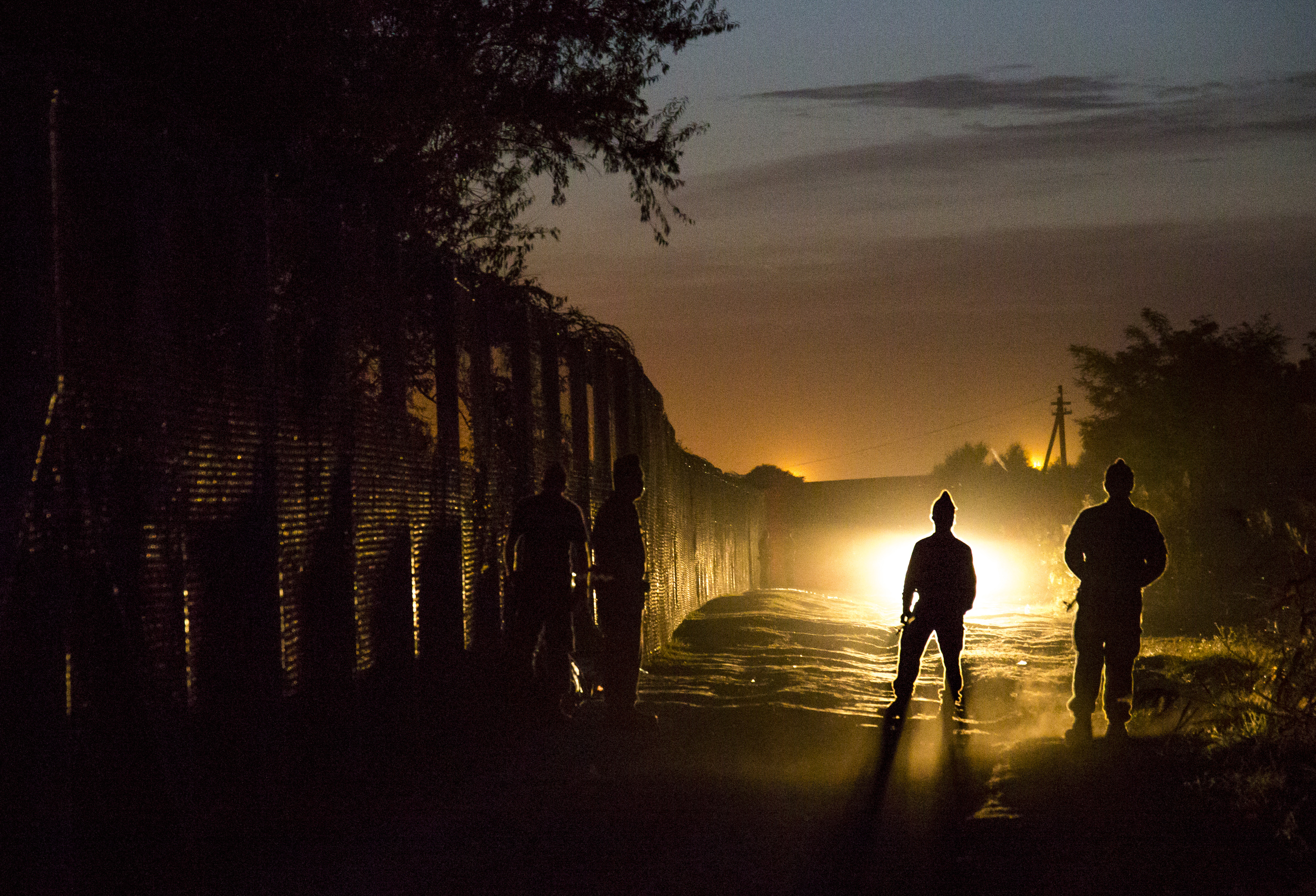
The right-wing government in Hungary will not let the refugees into their country, and as a consequence decided to close the border.
The prime minister Viktor Orban in Hungary said: "Member states of the European Union will be forced to protect themelves.»
Hungary is in such context 'defending themselves' by violence, pepper spray and barbed wire against the refugees.
At September 15th 2015, the barbed wire fence along the border with Serbia was finished, just a few days before this border was the entrance to EU for hundreds of thousands of people.
Now there is only a fence, some policemen and traces of the largest refugee crisis in Europe since World War II left.